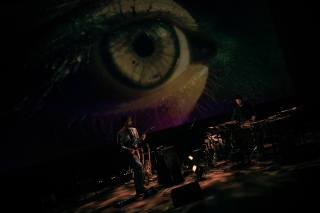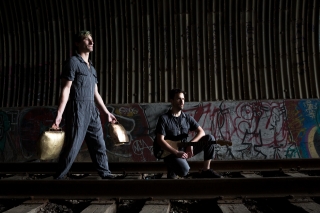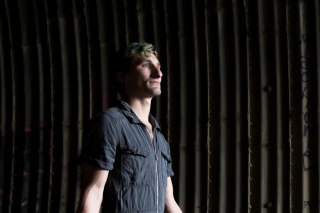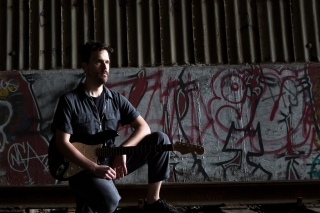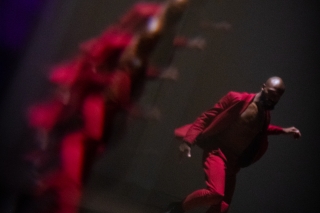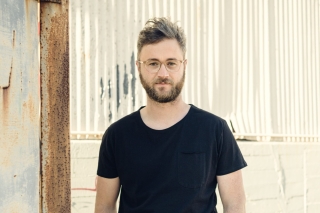Lyra
Running time: 65 minutes, no intermission
PROGRAM NOTE
In 2018, the lead artists embarked on a series of intensive workshops, building the concepts for what was then intended to be a more conventional evening-length performance with live dancers on a proscenium stage. Although many of the core ideas behind the work remain, Lyra is now an entirely different piece, one that utilizes the new visual language Post:ballet and cinematographer Benjamin Tarquin have built as a response to the shapeshifting challenges of COVID-19, synthesized here within the context of live performance. In this sense, this resulting multi-layered, hybrid digital/live experience reflects both the sustained efforts of a growing team of Bay Area collaborators as well as a timely response to the moment.
Lyra is rooted in the classical myth of Orpheus and Eurydice, lovers whose idyllic union is broken by Eurydice's sudden death. Granted the possibility for reunification, Orpheus journeys to the underworld to return Eurydice to the world of the living, only to lose her once again. This 65-minute production, with its myriad refrains and constellation-like form, owes its debts to L’Orfeo, Claudio Monteverdi’s 1607 operatic setting of the myth. However, the artists’ decision to capture the ballet in the arid landscapes of Eastern California excites a new exploration of how the themes of love, loss, trust, and fallibility provide insight into more urgent issues concerning technology and the natural world.
